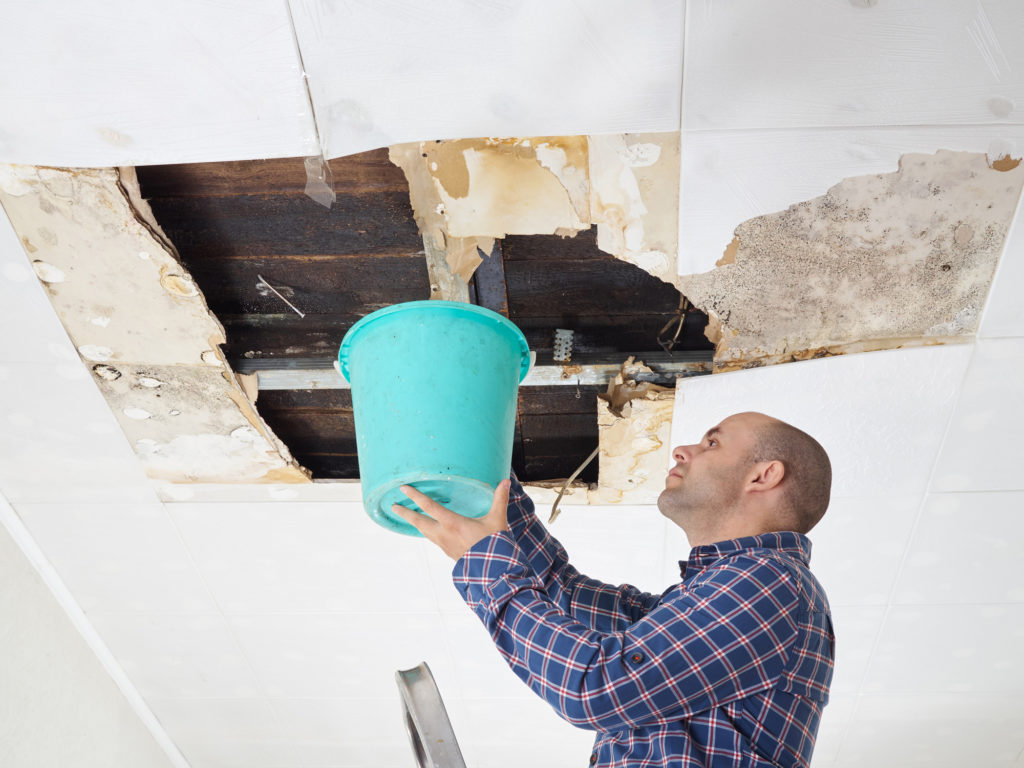Use These Water Damage Cleanup Tips to Get Your House Back
You’re shocked to find part of your house has flooded. Quickly, you’ve turned off the water main and the electricity… now what?
You still have a house filled with water and a countdown clock ticking away since mold can form in 24 to 48 hours. You have to move fast to get rid of the moisture and restore your house to its former, non-water-logged self.
We know how to do it. Here are our best water damage clean-up tips.
1. Identify the Water Type
You can’t clean up all types of standing water on your own. Analyze the color of your leak before grabbing a bucket.
- Clear water is safe for you to remove on your own. It typically comes from rain, condensation, leaky pipes or other benign sources.
- Gray water is the used water from your washing machine, dishwasher, etc. You can usually clean this up yourself, although it may contain minor contaminants. Just wear safety gear to protect yourself throughout the process.
- Black water should be handled by professionals only. This hue indicates that the water is full of bacteria, contaminants and, sometimes, human waste. Call in the professionals to take care of this type of water damage.
2. Inspect For Mold
Once you have removed the water, you need to look for any sign of mold where the water stood.
If you only find a small patch, you can remove it yourself. Cut it out, place it in a plastic bag and seal it. Wear a protective mask or other apparatus to ensure you don’t breathe in the spores.
You shouldn’t do this if you find large swathes of mold. Instead, call in professionals to expertly remove it. There may be mold in places you can’t see, but the pros will be able to find it and get rid of it for you.
3. De-Humidify the Space
Once the water and mold are gone, you need to dry out the space to fix water damage. Consider renting a dehumidifier and letting it run for a while. It will pull the moisture from the air so that water damage doesn’t reappear.
4. Remove the Damage
We’ve already mentioned that you will have to remove moldy materials. However, you should also take out any porous materials that have spent time underwater. This category includes carpets, wood, insulation and anything else that could take on water.
If you don’t remove these materials, they will undoubtedly warp. They can continue to grow mildew, too.
5. Disinfect Everything
Finally, be sure to disinfect what remains!
Your best bet is a bleach-based solution, which will kill any lingering mold spores. Once you have scoured the space, you can begin working to repair it with new materials.
Water Damage Clean-Up Tips — Work Hard or Hire the Pros
As you can see from these water damage clean-up tips, it’s not an easy task.
You can certainly helm the process yourself, but, for peace of mind, you might want to call in the experts.
Either way, a proper clean-up is vital to your health. So, be meticulous as you work to restore your home to the comfortable, safe place you love.
